Sprint qualifying at the Circuit of the Americas delivered a tightly contested session. For a brief moment, Nico Hülkenberg appeared poised to spring a major early surprise at the United States Grand Prix.
His eventual fourth on the grid was still noteworthy, but it was Max Verstappen who secured pole position — narrowly edging out Lando Norris by 0.071 seconds.
For Red Bull, a team that has historically faced challenges during sprint weekends, the result represents another positive step in a sustained run of form.
The telemetry highlights a significant contribution from the Milton Keynes-based outfit’s engineering department, particularly in car setup and performance optimisation.
An analysis of the mini-sector data (below) reveals Verstappen’s gains are most pronounced in the medium-to-low-speed corners, where the RB21's high-downforce configuration allows for greater entry stability and apex speed.
In contrast, McLaren compensates with stronger braking performance, particularly in the heavy deceleration zones.
Verstappen with the highest top speed
Moreover, the data (below) shows Verstappen is able to apply full throttle earlier out of corners, indicating superior mechanical grip and traction.
The RB21 enables an aggressive throttle application on corner exit, which not only points to a well-balanced chassis but also to a well-managed torque delivery profile from the power unit.
Interestingly, despite not being the fastest on corner exit, Verstappen registers the highest terminal velocity at the end of the circuit’s longest straight.
This suggests that Red Bull’s DRS efficiency is particularly well-optimised — a crucial advantage in qualifying and while following other cars, even if it offers no benefit when leading the race.
The RB21 thus manages to deliver substantial downforce in cornering phases without incurring a significant drag penalty on the straights.
While McLaren's package also demonstrates high aerodynamic efficiency at COTA — as evidenced by the marginal lap time delta — Verstappen appears to have a car that matches or exceeds it in key performance areas.
And when machinery is evenly matched, driver execution becomes the decisive factor.
Don't miss out on any of the Formula 1 action thanks to this handy 2026 F1 calendar that can be easily loaded into your smartphone or PC.
Download the calenderMost read
In this article
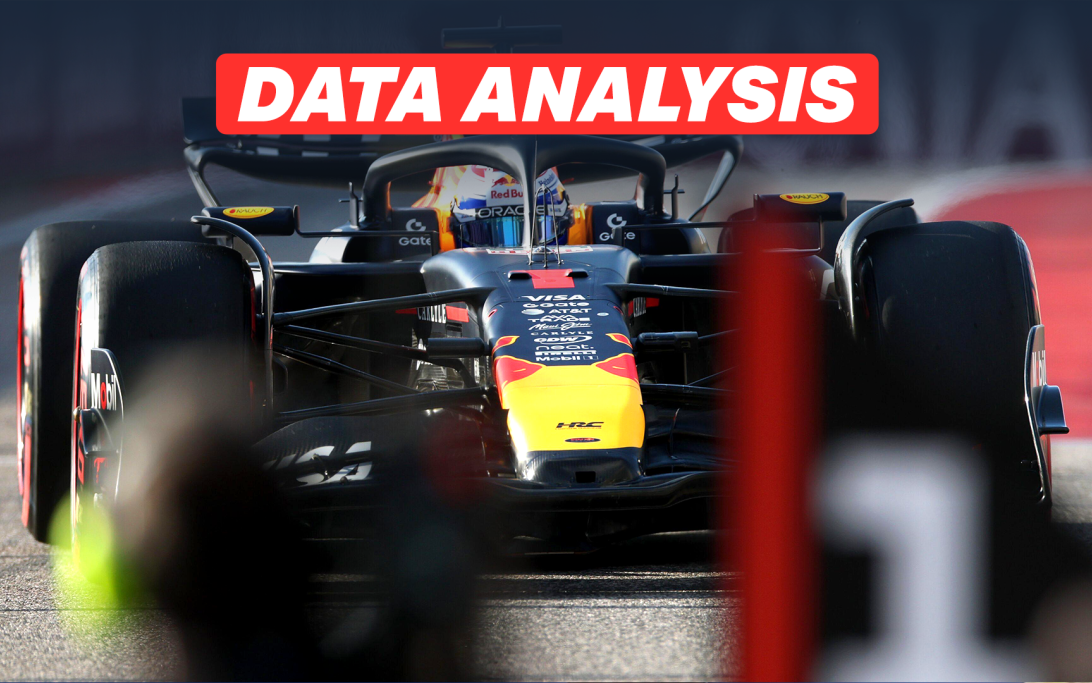
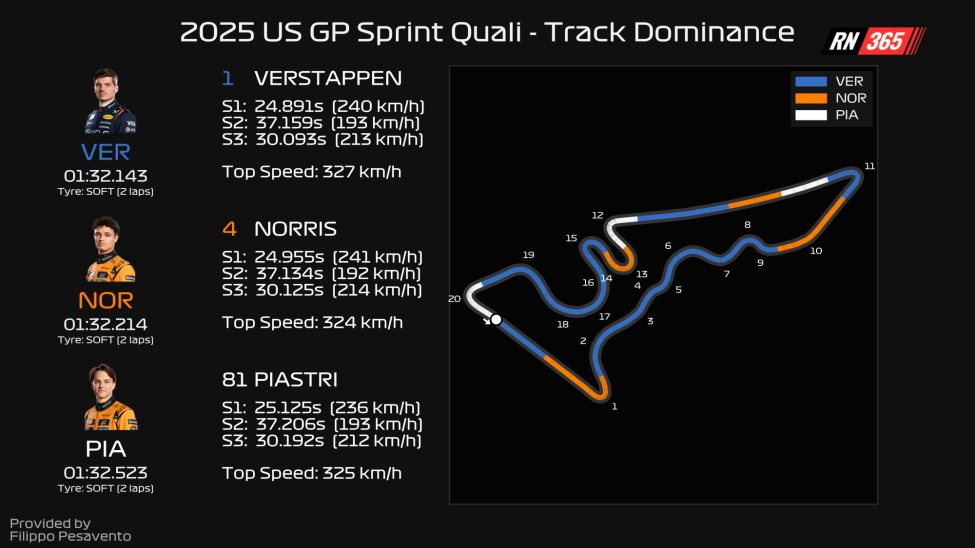
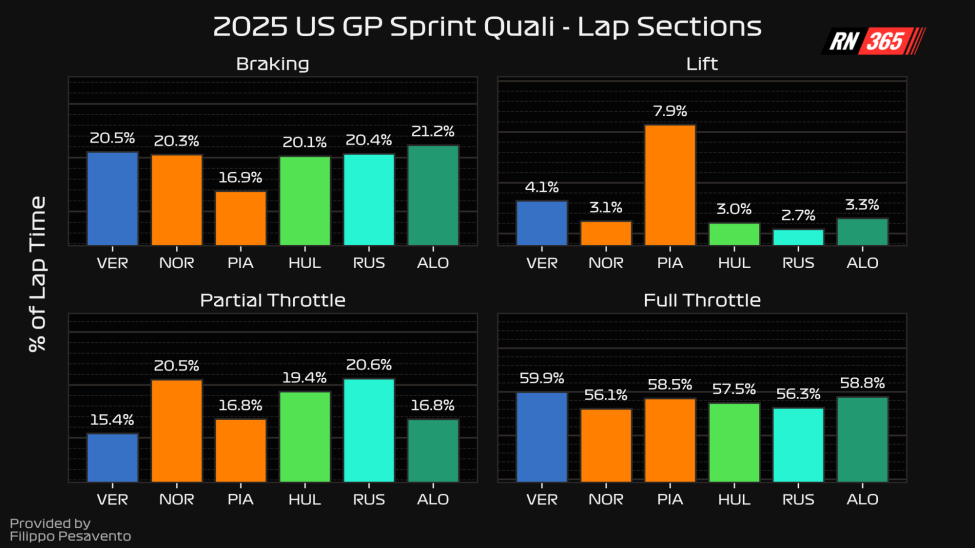

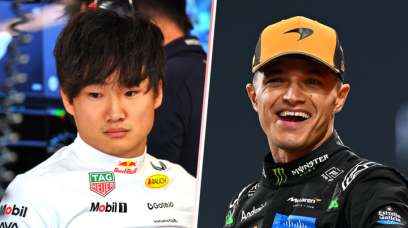
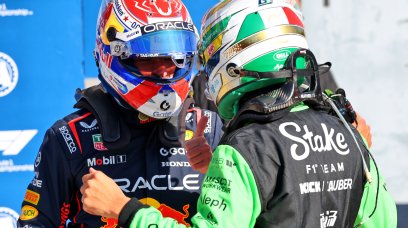
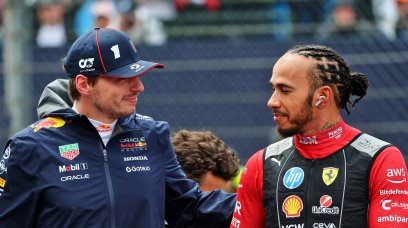
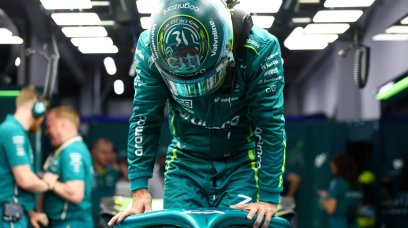

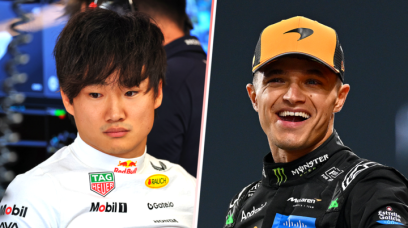
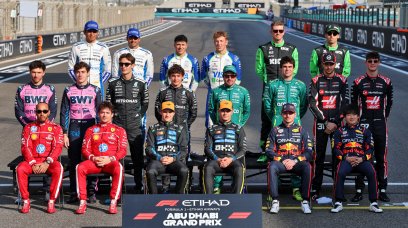
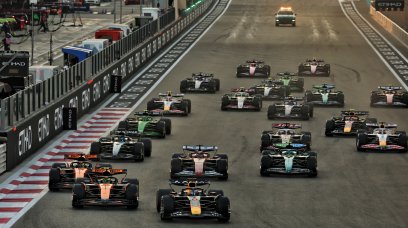
Join the conversation!